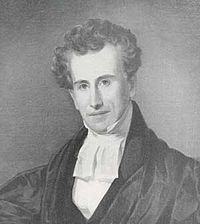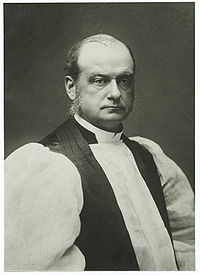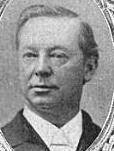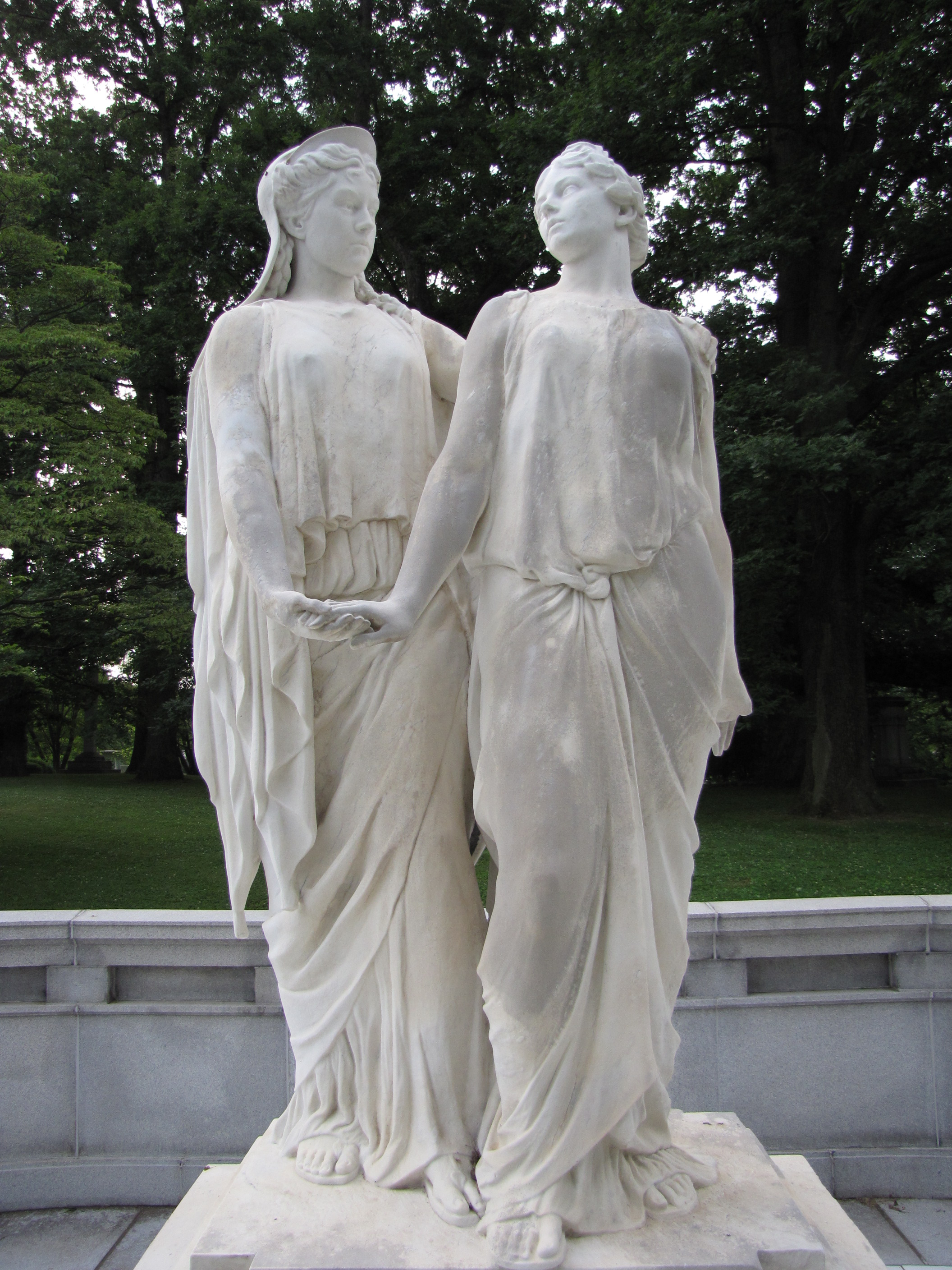One might wonder about the qualifications of Heather Cook that outweighed her drunken driving episode in the judgment of the Episcopal Church.
The diocesan website has this sketch:
Cook loved school, and participated in sports and extra-curricular activities enthusiastically. One of the profound learnings of her young life came when she was not elected president of the student council, which she coveted. Instead, she was chosen to edit the yearbook. Looking back, this was part of a consistent life theme: being placed, over and over again, in situations where a dedicated communicator was needed. Whether through public speaking, print, film, or graphic art, opportunities came to convey her passion for deeply held values and beliefs.
Curiosity about the world prompted her to pursue university studies in 1974 at Queen’s University, Ontario, Canada, and later at the University of Exeter, England, and work as an au pair in Spain, on a kibbutz in Israel, and as a grape- picker in France and vegetable-harvester in England.
Back in Baltimore, working as a redactor at Waverly Press, she was re-introduced to faith as a young adult and discerned there was something else calling her. She realized she needed to find her own identity as a young woman, and not wait for it to come through marriage. This, coupled with a spiritual awakening that was encouraged through Education for Ministry classes at Epiphany Church, Timonium, and an introduction to contemplative life through silent retreats, opened the way for her to hear God’s invitation to seminary.
The prestige of the Episcopal clergy has declined. The stereotypical (if not typical) Episcopal clergyman of previous generations was a learned, Ivy League, Phi Beta Kappa, ex-military man. Now the stereotypical clergyperson is a failed kindergarten teacher. Sic transit….

 \
\ \\\
\\\















